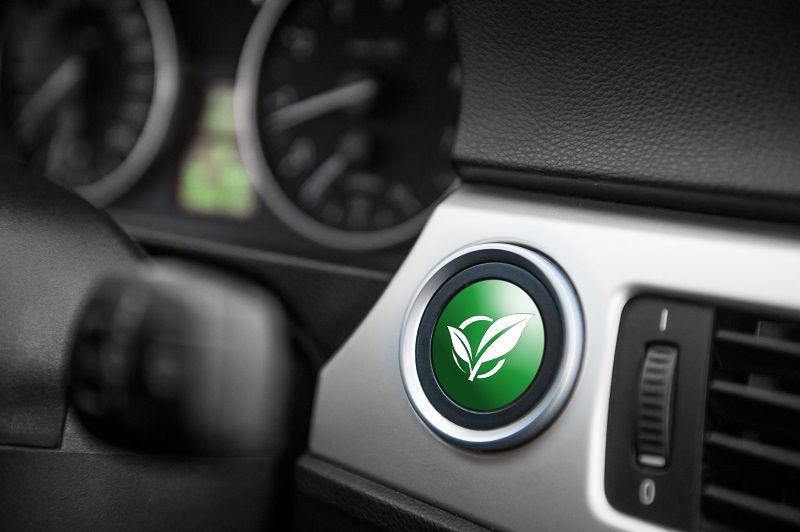

Summary
Tata Motors’ Nano, the cheapest car in the world, was launched this month in India, to the delight of lower-income households able to afford their first car. While environmentalists and city planners fear an increase in pollution and congestion, the Nano is safer and more ecofriendly than other options available to the poor.
Word count: 859
When management guru C.K. Prahalad observed in his book The Fortune at the Bottom of the Pyramid that “the real source of market promise is not the wealthy few in developing countries, or the emerging middle-income consumers” but “the billions of aspiring poor who are joining the market economy for the first time,” skeptics were quick to respond that simply selling to the poor does not necessarily improve their welfare or reduce poverty. “Bottom of the pyramid” comprises 4 billion people around the world who live on less than $2 per day.
The dominant popular logic that private businesses are not interested in the poor because they cannot make a profit by selling products to them is hard to dispel. But entrepreneurs in India, Mexico, Brazil and Peru are taking Prahalad’s observation seriously and creating products targeting their huge low-income customer base.
Initially, only some industries experimented in the bottom-of-the-pyramid market, mainly agriculture and financial services. And then other industries like health care, housing and energy started following in their footsteps. Now automobile makers have begun to reach out to this emerging market. Tata Motors’ Nano, the cheapest car in the world, was launched this month, sparking a wide range of reactions.
Priced at a little over $2,500, Nano is a safe, all-weather transport designed to meet all safety standards and emissions laws. Nano does not necessarily target the poorest strata of customers in India, but it is a bold step toward reaching them sometime in the future. Nano’s costs could be kept much lower than those of other small cars in the industry because instead of reducing costs from its existing cars, Tata developed the Nano from scratch and based it on a different production and business model from those currently dominant in the industry. While low-income households in India are celebrating this opportunity to own their first car, environmentalists and city planners are outraged at the alleged degree of pollution and congestion Nano will add to Indian roads.
Anumita Roychoudhury of the Centre for Science and Environment in Delhi called the Nano “a ticking time bomb” and pointed out that it would compel other manufacturers to lower the prices of their vehicles, thus creating a huge demand for cars. She said that the spike in car ownership would further damage the environment.
Yale environmentalist Daniel Esty said, “This car promises to be an environmental disaster of substantial proportions.” Esty was quick to praise the Prius, which gives about the same gas mileage as the Nano and seats just as many. Is the Prius acceptable because it is priced over $25,000 and is thus the rich man’s answer to the environment? In contrast, the affordable Nano is declared catastrophic even before it hits the road.
New York Times columnist Thomas Friedman calls the Nano a “cheap copy of our (America’s) worst habits.” Perhaps he should look deeper into the American experience of successfully dealing with air pollution in spite of the continuous increase in driving. According to the Environmental Protection Agency, emissions of six air pollutants dropped 53% between 1970 and 2005, while vehicle miles traveled increased 178%. Technological innovation in pollution reduction is continually outpacing the growth in overall economic activity in this country.
It is strange that critics seem to forget that Indian roads are already congested. The pollution is mainly caused by bigger cars and buses, many of which are not even close to being as fuel efficient or eco-friendly as Nano. In the last ten years, many foreign-brand cars have found their way to Indian roads, and no one really protested. But the moment an indigenous car company creates an affordable market-savvy brand, environmentalists and city planners are losing their night’s sleep.
Why is it always the poor who have to sacrifice their need and desire to use cars for private transportation so that high-income consumers can continue using the roads? The Nano is much safer than a two-wheeler, which was all lower-income Indians could afford until now. Open on all sides and often carrying a family of four, a two-wheeler is much more likely to be involved in a collision than is a car. To solve the congestion problem, build new roads. To protect the environment, innovate technology and ask both rich and poor to sacrifice.
Tata has shown the way, but other car manufacturing companies like Renault-Nissan and Toyota are not far behind. Maruti-Suzuki is already in the process of making a competing product. If the industry was not sure about the growing market for small and affordable cars, Tata’s competitors would not have expressed their intention to enter this race at all. According to Robert Bosch, a German firm that is the largest supplier of automotive components, between now and 2010, globally the small car market is expected to grow 5% annually, which is twice the rate of growth of the industry as a whole.
Nano is largely being attacked not because it will change industry practices, but because it will change the social relationship between low-income and high-income households. The fact that the poor will have just as much freedom and mobility as the affluent somehow makes elites very insecure.
Attention editors and producers:
Cascade Commentaries are provided for reprint in newspapers and other publications, with credit given to author(s) and Cascade. Contact Cascade to arrange print or broadcast interviews on this commentary topic.
Electronic text files are available online at www.cascadepolicy.org.
Please contact:
Nancy Wheaton
Cascade Policy Institute
4850 SW Scholls Ferry Rd.
Suite 103
Portland, Oregon 97225
Phone: (503) 242-0900
Fax: (503) 242-3822
www.cascadepolicy.org
info@cascadepolicy.org
Cascade Policy Institute is a tax-exempt educational organization as defined under IRS code 501(c)(3). Nothing appearing in this Cascade Commentary is to be construed as necessarily representing the views of Cascade or its donors, or as an attempt to aid or hinder the passage of any bill before any legislative body. The views expressed herein are the author’s own.











